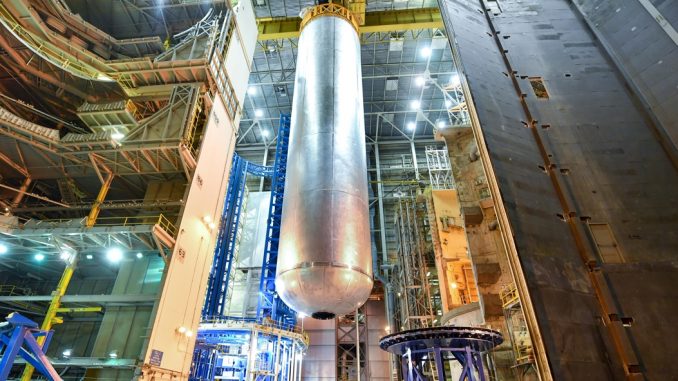
Imagine a pipework system stretching over 14,000 miles supplying hydrogen to every corner of Europe. A network with the power to decarbonise the continent’s energy. That is the aim of the European Hydrogen Backbone.
Gas companies from nine different EU member states have come together to launch a project which would see a hydrogen network created to be used in parallel with existing natural gas pipelines.
It would run through Germany, France, Italy, Spain, the Netherlands, Belgium, Czech Republic, Denmark, Sweden and Switzerland and be operational by 2040 if the 11 gas infrastructure companies involved get their way.
Enagás, Energinet, Fluxys Belgium, Gasunie, GRTgaz, NET4GAS, OGE, ONTRAS, Teréga, Snam and Swedegas revealed in a joint report that existing natural gas pipelines across Europe could be adapted to carry hydrogen at an affordable cost.
Gas pipelines are expected to become redundant over the coming years as demand for natural gas drops. As much of 75% of the new hydrogen network could be made up of converted gas pipes.
With only 25% needing to be constructed from new, the cost of the European Hydrogen Backbone could come in as low as €27 billion. By 2040, the network would be able to transport more than the expected 1,130 TWh of annual hydrogen demand in Europe.
The European Hydrogen Backbone will be constructed over three stages. The first will see an initial 4,225 miles of pipes connecting local clusters of hydrogen valleys together between the mid-2020s and 2030.
By 2035, a larger network will have stretched out connecting consumers in the centre of Europe with hydrogen supplies with “abundant green hydrogen resource potential” such as Danish offshore wind farms or solar and wind farms in the south of France.
This will then feed into a continent-wide network by 2040 covering more than 14,000 miles across 10 countries and with connections to global import results.
Eventually, the European Hydrogen Backbone could include imports from the North Sea, Ukraine, Greece, Northern Africa and Russia.
A press release from the 11 companies behind the European Hydrogen Backbone said that they were “convinced that the hydrogen backbone will eventually cover the entire EU.”
“The group invites other European gas infrastructure companies to join in the thinking to further develop the backbone plan.”
Ultimately, two parallel gas transport networks will eventually emerge: a dedicated hydrogen and a dedicated biomethane network.
It is not just the EU who is looking to change how their energy is supplied. The United Kingdom is also looking at ways to create a zero-carbon gas grid through the replacement of ageing iron pipes with a new network of plastic piping capable of carrying hydrogen and biomethane.
Britain’s Iron Mains Risk Replacement Programme is a £28 billion scheme which would reduce the carbon footprint of the nation’s gas network by two-thirds by 2032.
Existing natural gas pipes carry methane-based gas to 85 percent of the network in the UK. A quarter of global warming caused by humans is attributed to methane emissions with the gas being 21 times more harmful than carbon dioxide.
Leaks and broken pipes which allow methane to seep into the atmosphere are a huge contributor to climate change, even when an emergency pipe repair is carried out to fix the problem relatively quickly.
Moving to hydrogen and biomethane can significantly reduce the damage being caused to the planet. It is little wonder that the UK and Europe are so keen to go green through these bold and ambitious pipework projects.

Leave a Reply